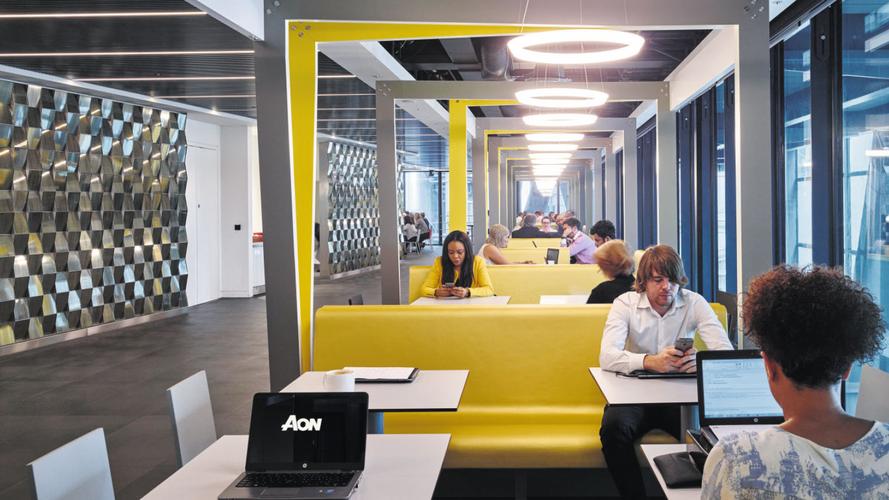Since lockdown, work from home trends have drastically changed. Remote working statistics for 2020 indicate that the open-plan office has become an optional hub rather than a mandatory place of work. Is it possible to embrace the changes?Save time and money by printing postage online with Stamps.com. Sign up today for our 4-week trial!
Many organisations have learned from a year of lockdown homeworking that they don’t need to work in one centralised office to be productive. While there are still places for the office to meet face-to-face, collaborate, and view co-workers, staff are more likely to work from home, even after the restrictions have eased.
But, how long will we work from home in 2021 and beyond, the data suggests? The shift to home-based work might be permanent, according to our future survey.
We surveyed UK businesses to gather remote working statistics. The majority of respondents said they would like to have a hybrid work environment in the future. This would see staff split their time between the office and home throughout the week. Three days in the home to two in office is the most popular ratio. This can help improve company culture and offer a range of benefits, such as:
- A dynamic workforce
- Reduce emissions
- Reduce your running costs
- Improve work-life balance
- Retention of staff should be increased
There are also risks. Staff can become disengaged, unproductive, and even more susceptible to injury or ill-health if they don’t have the right training, support, and equipment.
Working from home is a promising future, provided we are prepared for it. These are our top tips to ensure that staff working remotely, whether full-time or part time, receive the best support possible.
1. You should ensure that homeworkers have easy access to information about your health and well-being
Employers cannot control the home environment of employees like they can in corporate offices. Employers can’t simply show up at employees’ homes and make changes. They can, however, give the information and tools necessary to help staff.
Remote workers will find e-learning a great option. Our e-learning course takes users on an interactive, personal journey through a range of safety, health and wellbeing issues in various environments. The course teaches users how to properly set up their office chairs or home office chairs , as well as other helpful healthy work habits such:
- Taking regular breaks
- Hydration is key
- Stay connected
- Getting outside
- Moving and stretching
2. Staff can help set up an ergonomic home workplace
Sometimes, it takes time for muscular and skeletal problems to develop. It is important to make sure your staff have a comfortable and ergonomic workplace with the right products for them.
Our trained assessors are able to offer adjustments in posture and positioning and make product recommendations that are specific to the client.
3. Select the right products to do your homework
Some people won’t have the luxury to have a home office equipped withergonomic chairs and workstations. A full-sized workstation might not be possible in cases of limited space. For hybrid workers who frequently switch between the office and homeworking, it is a good idea to have:
- Portable is lightweight and compact, making it easy to slip into your laptop bag.
- No complicated wire configurations or software required to set up
- Wireless: This way, you don’t need to carry cables around and reduces clutter on your desk.



